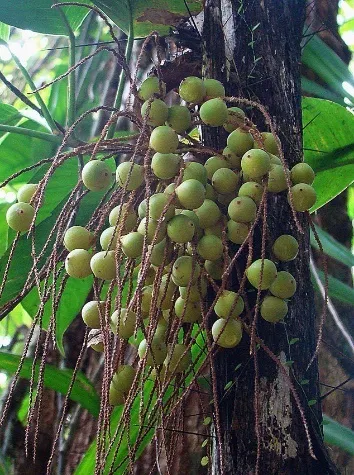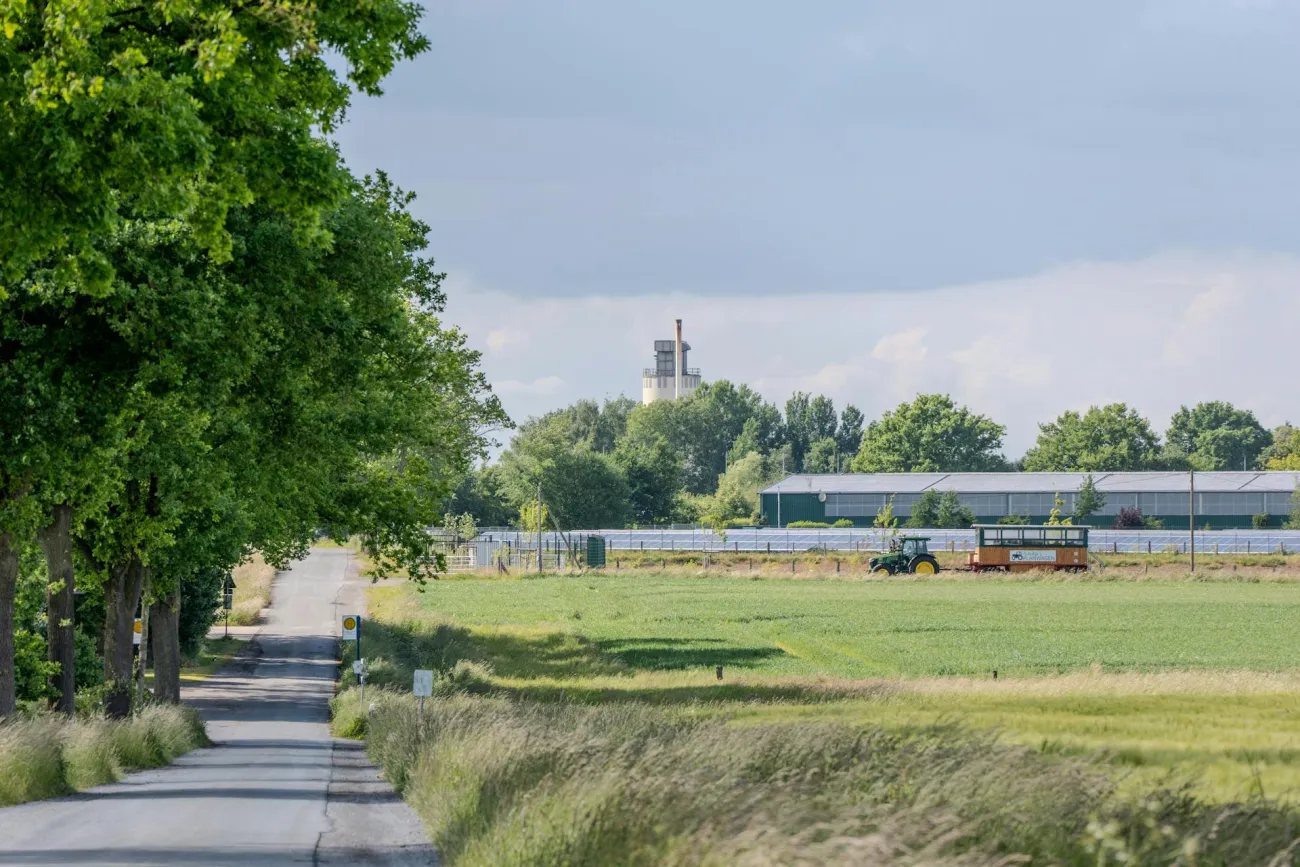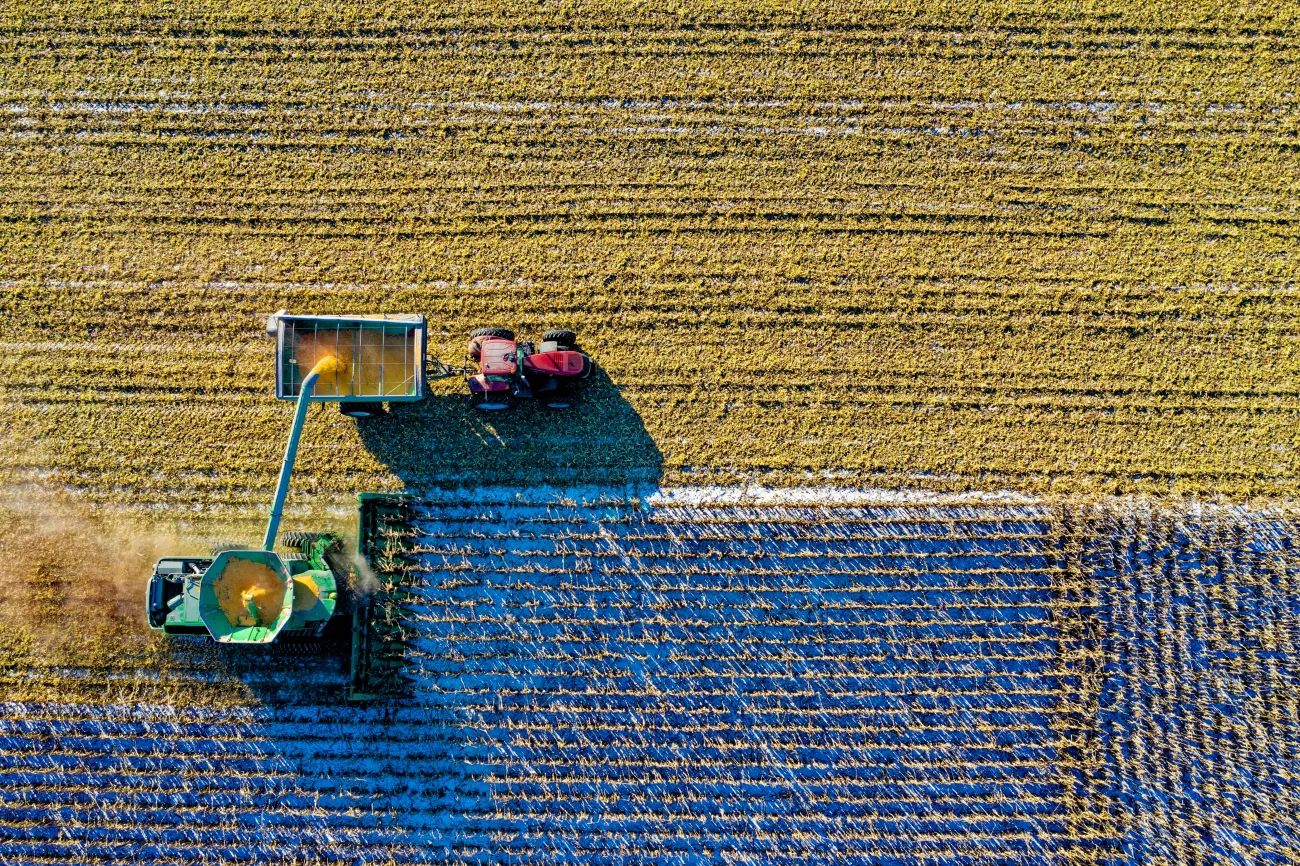The neotropical macaw palm (Acrocomia aculeata) is increasingly promoted for large-scale cultivation as a sustainable biomass feedstock in Latin America. This paper warns however that a crucial proportion of areas predicted to be suitable for cultivation are located in areas of high conservational value. The paper also points to climate change scenarios which predict a substantial reduction of suitable areas in coming years.

Today there is a huge demand for oil for biodiesel and for aviation biofuel, but finding a sustainable source has been hard and current production practices often harm smallholder livelihoods, cause land use changes, and compete for food production.
This study applies ecological niche modelling to investigate the potential for large scale cultivation of the macaw palm in Latin America, since little is known about the palm’s ecological requirements even though the palm is currently widely promoted. The model was used to determine the palm’s potential distribution area based on climatic and soil variables, and then current land cover and predicted future climate change scenarios were examined to assess the cultivation potential of the macaw palm within its possible distribution area. The two core distribution regions identified were (1) Central America including the Caribbean, northern Colombia and Venezuela, and (2) southern Brazil and eastern Paraguay. A considerable proportion of the medium to highly suitable growing areas were found to be currently used for agricultural production or covered by land types with high conservation and carbon sequestration value and sensitive to climate change. The modelling thus shows that despite the palm’s high cultivation potential, a sustainable cultivation of the palm requires a precautious, evidence-based approach.
Abstract
Plant oil is a key commodity in the global economy, particularly for food and bioenergy markets. However, current production practices often impair smallholder livelihoods, cause land use changes, and compete for food production. The neotropical palm Acrocomia aculeata is currently being promoted as a novel sustainable biomass feedstock, particularly for bioenergy, but only little is known about the palm’s ecological requirements. Based on a comprehensive literature and database search for recorded occurrences of A. aculeata in Latin America, we computed an ecological niche modeling to determine the palm’s potential distribution area based on climatic and soil variables. We subsequently considered current land cover and predicted future climate change scenarios to discuss the cultivation potential of A. aculeata within its possible distribution area. The results revealed a large potential to cultivate A. aculeata in Latin America under current abiotic environmental conditions. The two core distribution regions identified were (1) Central America including the Caribbean, northern Colombia and Venezuela, and (2) southern Brazil and eastern Paraguay. A considerable proportion of the medium to highly suitable growing areas were found to be currently used for agricultural production or covered by land types with high conservation and carbon sequestration value. Applying the model under the IPCC’s A2A ‘business as usual’ emission scenario suggested that by 2080 the vast majority of suitable growing areas severely decline in extent or disappear entirely. Our ecological niche modeling thus shows that despite the palm’s high cultivation potential, a sustainable deployment of A. aculeata requires a precautious, evidence-based approach.
Citation
Platha, M., C. Moser, R. Bailis, P. Brandt, H. Hirsch, A.-M. Klein, D. Walmsley, H. von Wehrden (2016) A novel bioenergy feedstock in Latin America? Cultivation potential of Acrocomia aculeata under current and future climate conditions, Biomass and Bioenergy, 91, 186–195, DOI: 10.1016/j.biombioe.2016.04.009
Read the paper here and see further coverage here and a blog-post about the research here.
You can find related research in our research library categories on biofuels, palm oil, bioeconomy/technology, mitigation policies, and a general website search on conservation.




Comments (0)